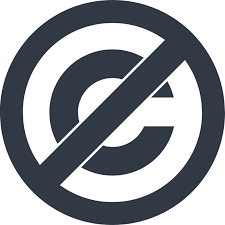However, Martin Luther was not an only child. He is the oldest son and has several brothers and sisters. His father had ambitions for himself and his family and was determined to see Martin, his eldest son, become a lawyer. He then sent Martin to Latin schools in Mansfeld, then Magdeburg in 1497, where he attended a school run by a lay group called the Brotherhood of Living Together, and Eisenach in 1498. All three schools focus on the so-called "trivium": grammar, rhetoric, and logic. Luther then compared his education there to Purgatory and Hell.
He entered the University of Erfurt in 1501, when he was 17 years old, and studied arithmetic, astronomy, geometry, and philosophy. Religious and theological affairs were further away from young Luther. He then earned his master's degree in 1505. Luther had enrolled in law school in order to fulfill his father's wishes, but soon he dropped out and entered St. Augustine's Monastery (Augustinerkloster in German) in Erfurt in central Germany on July 17, 1505.
Luther was interested in theology and philosophy. Of the several philosophers who got Luther's attention, the famous one was Aristotle. He found that there was no philosophy that satisfied him because, in philosophy, which studied reason and science, nothing could match the love of God. God is beyond all human understanding and power. He believed that humans could learn about God only through divine revelation, and thus the Scriptures became increasingly important to him. The extraordinary moment that we usually encounter from religious leaders is the story of his past when he felt he was called by God and made him a spiritual leader. Luther also had a moment like that. One time in July 1505, Luther was caught in the middle of a huge storm only a few hours on horseback from Erfurt and lightning almost hit him. Then he screamed, "Help! Saint Anna, I will be a monk!" And then he told his father that he was afraid of death and divine judgment. His father was furious when Luther decided that because he remembered his father's ambition for Luther.. Although at that time a friend of Luther thought that his decision to become a monk was due to the death of his two friends. Those attending the farewell dinner escorted him to the door of his destination Black Klausura. "This day you see me, and then, not ever again," he said.


















Comments
Links